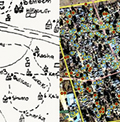 Sophisticated new mapping technology is playing a key role in the global effort to rid the world of polio, according to Bill Gates, the philanthropist and chairman of Microsoft.
Sophisticated new mapping technology is playing a key role in the global effort to rid the world of polio, according to Bill Gates, the philanthropist and chairman of Microsoft.
Polio is “99% gone”, according to the Bill & Melinda Gates Foundation, but achieving worldwide eradication is taking vaccinators into remote village in Nigeria, Pakistan and Afghanistan where the disease remains endemic.
However, experts on the ground have found that hard-to-reach rural communities are often missing from traditional maps, posing major logistical difficulties to the army of health workers taking part in the polio eradication drive.
This year, the World Health Organisation (WHO) has been working with companies in the US and Nigeria to build new maps based on satellite data, backed up by local verification. This allows GPS tracking for vaccinators showing where they are going and where they haven’t been.
if (1==1) {document.getElementById(“link140″).style.display=”none”;}
It’s making a significant difference, according to Michael Galway, Deputy Director, Polio Global Development Program at the Gill & Melinda Gates Foundation.
“We’re getting an extra 5% to 10% of settlements that we’re identifying now that weren’t actually on the original maps. In the fight to end polio, all of those communities are important,” he said.
Bill Gates said the new digital mapping technology is a crucial new tool for identifying remote hamlets and monitoring progress of vaccination teams.
“The use of digital mapping technology underlines the minute level of detail, planning, and organisation required to completely eradicate polio,” he wrote in a blog on the Gates Foundation website. “I’m optimistic that it will really help vaccinators cover the ‘last mile’ in the delivery of polio vaccines.”
>




